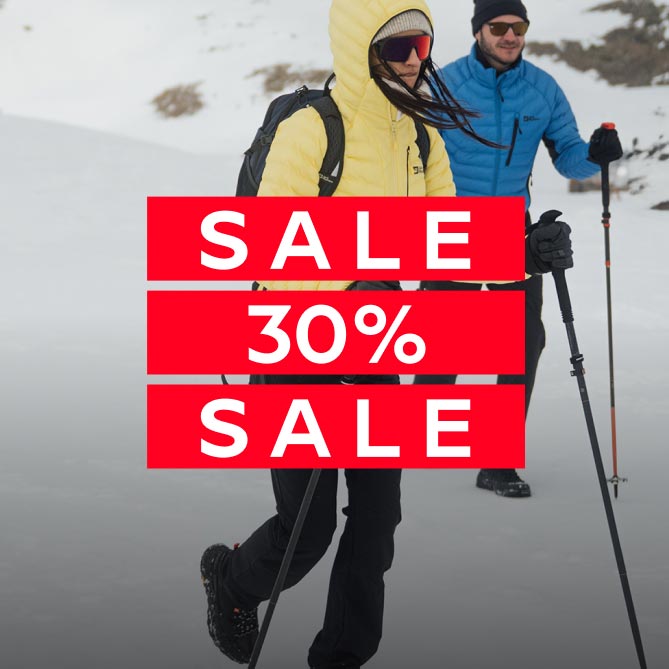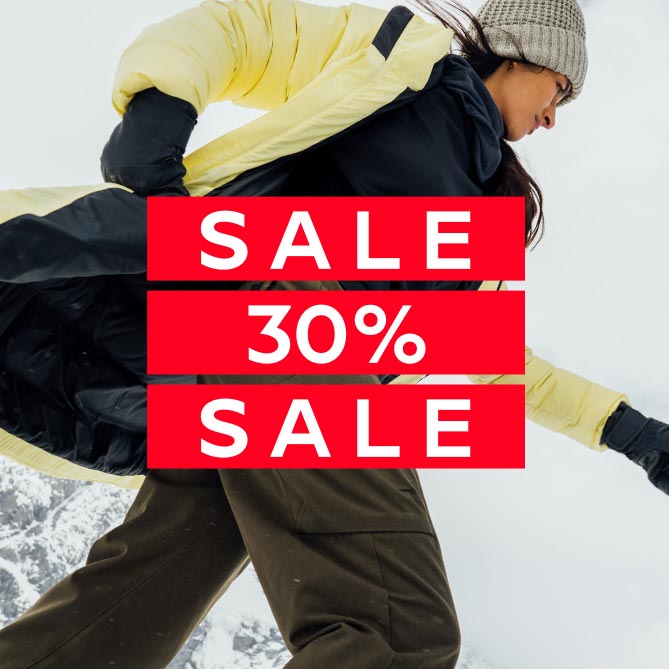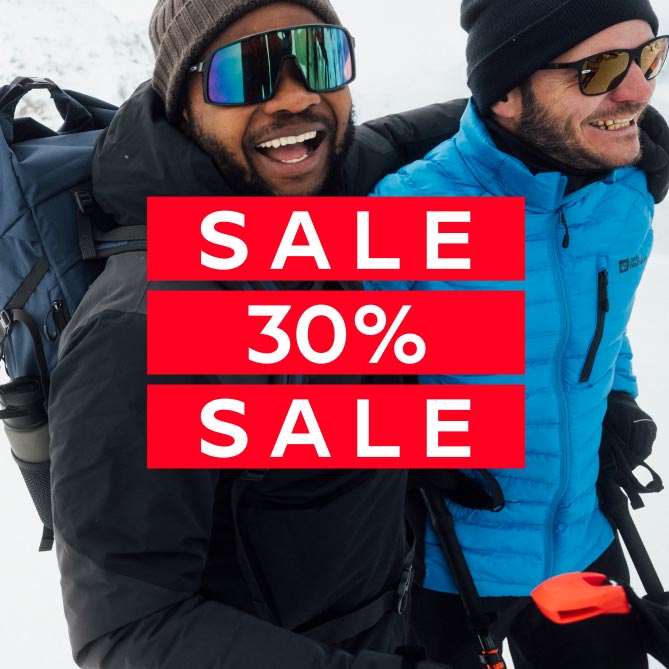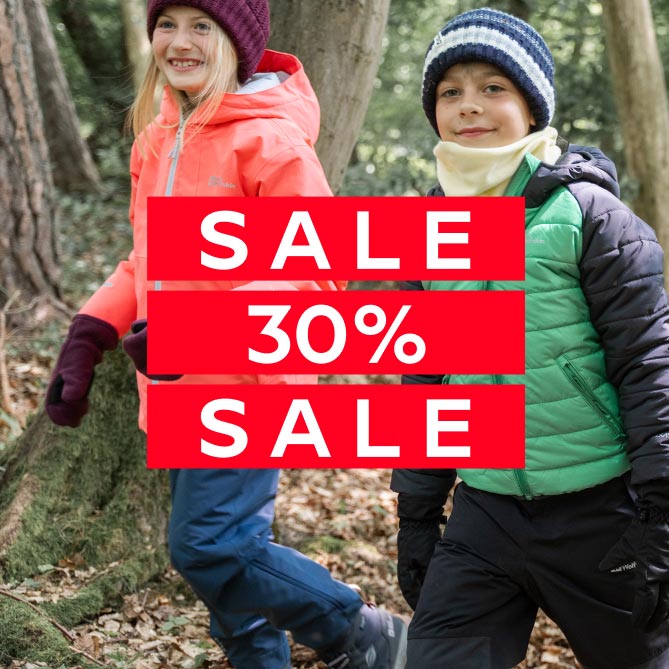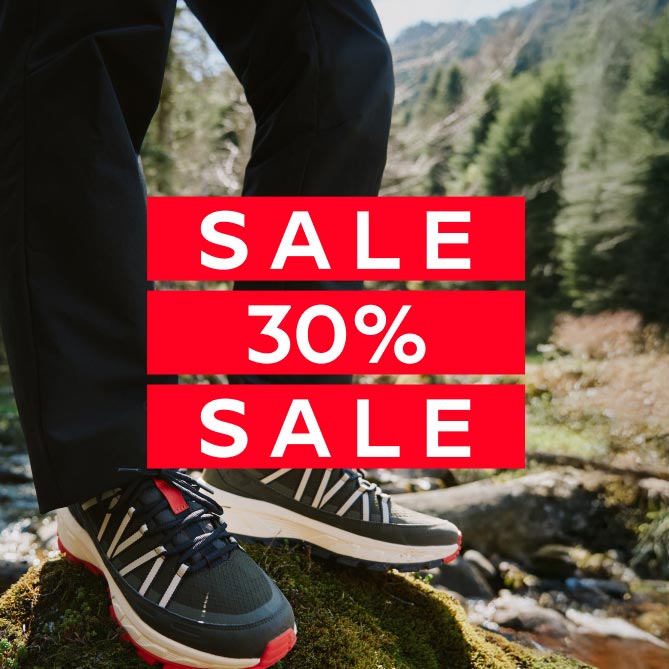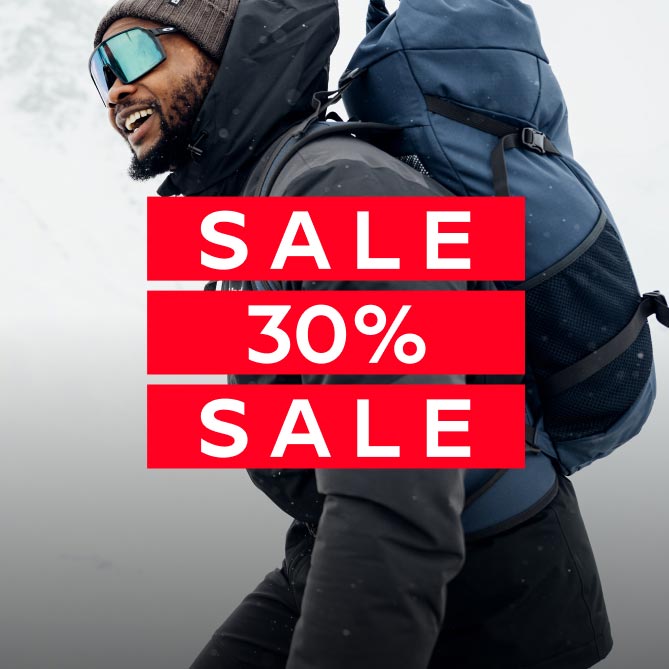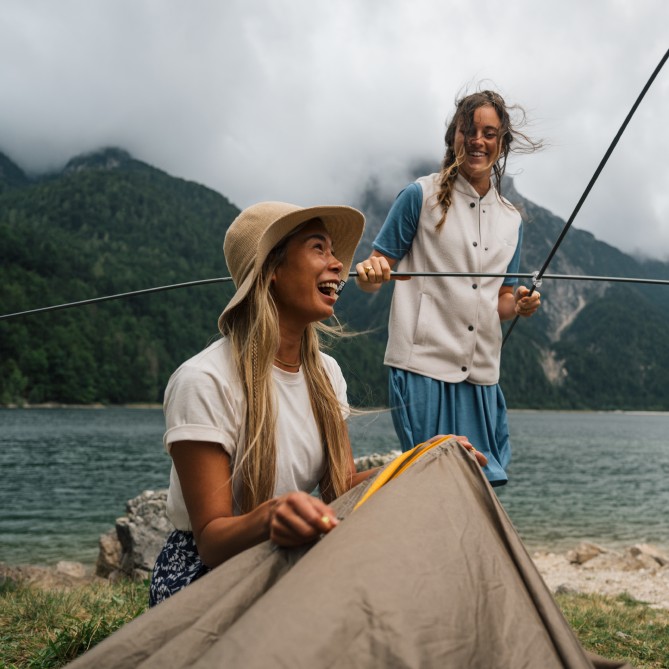How can we help you?
Hiking boots: what is the right size for you?
Whether or not you can fully enjoy hiking in the great outdoors often depends on your chosen footwear. After all, no matter how breathtaking the view from the summit, if you’re freezing or if you’ve got blisters on your feet, then your mood will go downhill and nothing will brighten your spirits. Indeed, lots of people are really unsure about what to ask for when buying new hiking boots and ask themselves: Would I be better getting a size larger or smaller?
The answer is ... when buying hiking boots, you should generally go for a size larger than you normally wear. Normally, you can buy one size up in hiking boots because your feet normally swell during the course of a day. Consequently, you should always try on new hiking boots either late afternoon or in the evening. Take a pair of hiking socks along with you when trying on new hiking boots, in order to ensure they fit comfortably.
Also make sure that there is roughly 1.5 cm room between your toes and the tip of the shoe. If the space is less, you may find that your toes hit the tip of the shoe as you go downhill. Furthermore, your new hiking boots should sit snugly around midfoot, in order that your feet have a firm grip – your feet will not slip and slide around on your next trail.
What model is best for your activity?
When all is said and done, it is not only the size and fit that play a key role ... take your planned activity and the type of terrain into consideration.
- Will you be going out for a leisurely stroll in the woods? Then choose a lightweight, waterproof hiking boot with a flexible sole.
- Will you be going on a hiking holiday in a mountainous region? Then choose a sturdy hiking boot with a mid-high shaft and a somewhat firmer sole with a good grip.
- Do you intend to go on more challenging hiking trips off the beaten track or on unsteady ground? Then choose a firm hiking boot with a reinforced sole and, ideally, few seams. This will reduce the risk of getting a blister.
What exactly do you have in mind? If you wish to know more about what boots you would need for a mountain trip involving challenging climbs, treks lasting several days or for cycling: Our footwear guide gives comprehensive tips on what best to choose depending on your intended activity.
Contact and help
Do you have any other questions or do you need individual assistance?
If so, please get in contact with our customer service team:
00800-WOLFSKIN
